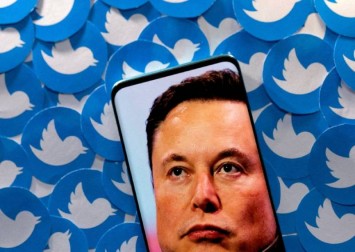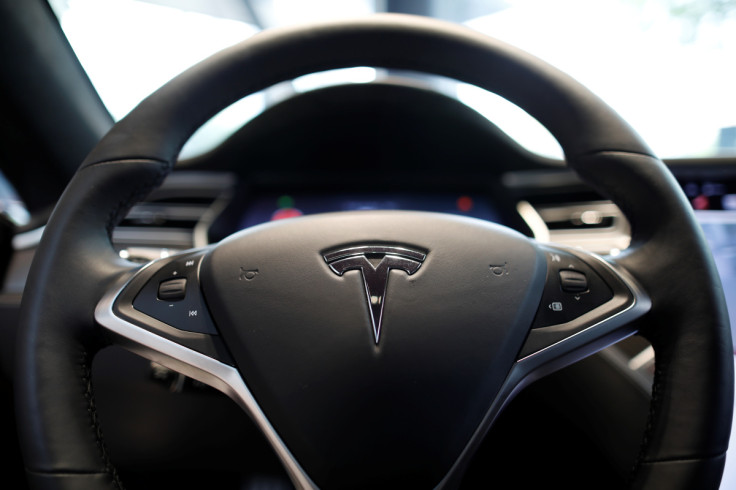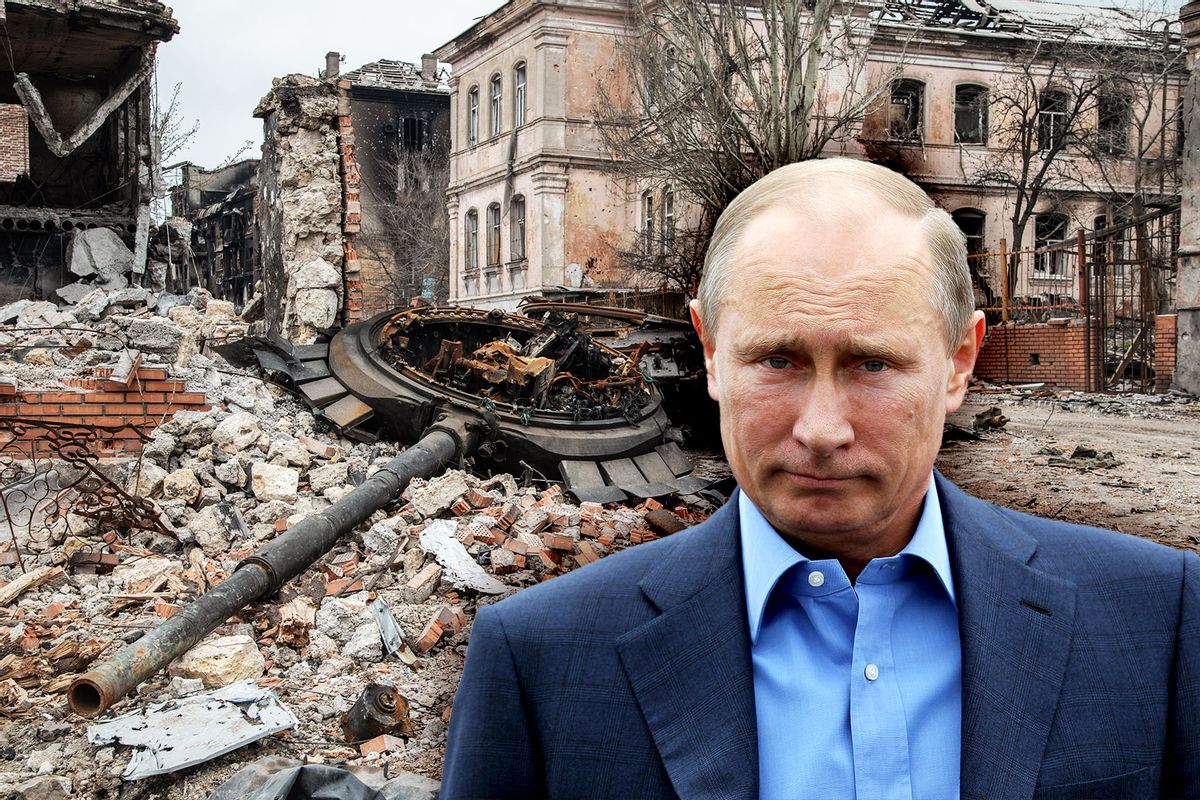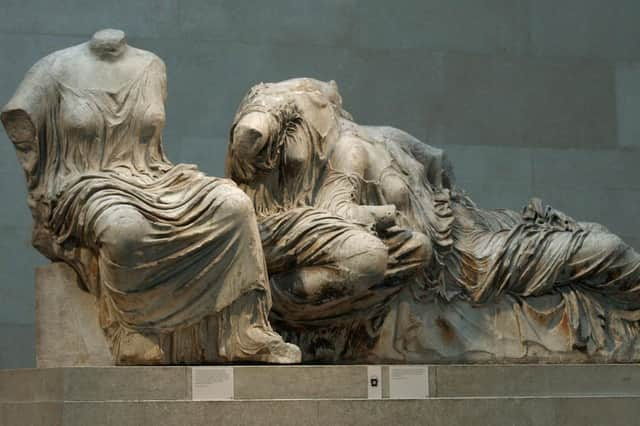Disabled employee sues Twitter over Musk's ban on remote work

Twitter Inc owner Elon Musk's mandate that employees stop working remotely and put in "long hours at high intensity" discriminates against workers with disabilities, a new lawsuit claims.
Dmitry Borodaenko, a California-based engineering manager who said Twitter fired him this week when he refused to report to the office, filed a proposed class action against the company in San Francisco federal court on Wednesday (Nov 16).
Borodaenko said Musk's recent call for Twitter employees to return to the office or quit violates the federal Americans with Disabilities Act (ADA), which requires employers to offer reasonable accommodations to workers with disabilities.
Borodaenko has a disability that makes him vulnerable to Covid-19, according to the complaint.
The lawsuit said many Twitter employees with disabilities have been forced to resign because they could not meet Musk's demanding performance and productivity standards.
In a separate complaint filed in the same court on Wednesday, Twitter was accused of laying off thousands of contract workers without giving the 60 days' notice required by federal law.
Twitter is already facing a proposed class action, also in San Francisco federal court, claiming it violated that law by abruptly laying off about 3,700 employees, or half the company's workforce, after Musk took over.
Twitter did not immediately respond to a request for comment on Thursday. Musk has said laid-off workers were offered three months of severance pay.
Under federal law, employers can provide workers with 60 days of severance pay in lieu of giving notice.
Shannon Liss-Riordan, a lawyer for the plaintiffs in all three pending cases, said that since taking over Twitter, Musk "has put the company's workers through a great deal of pain and uncertainty in such a short amount of time."
There is little legal precedent on when remote work qualifies as a reasonable accommodation under the ADA, and the question ultimately turns on the facts of individual cases. Because of that, disability bias claims can be difficult to bring in a class action lawsuit.
The US Equal Employment Opportunity Commission, which enforces the ADA, said in guidance released in 2020 that remote work can be a reasonable accommodation when it would not create an undue burden on an employer.
ALSO READ: Musk tells Twitter staff: Opt in for 'intensity' or take severance
Source: Reuters
AOC pays tribute to Twitter staff amid
reports that Elon Musk locked offices after
‘hardcore’ deadline passed
Graeme Massie
Thu, November 17, 2022
Alexandria Ocasio-Cortez has paid tribute to Twitter’s employees amid reports that Elon Musk has locked down all the company’s offices after his “hardcore” deadline passed.
“Shout out to all the workers at Twitter. You all built a vital place for connection and deserved so much better. Millions of people appreciate the space you built and the hard work that went into it. Thank you,” tweeted the congresswoman from New York.
Following the 5pm ET deadline, hundreds of Twitter employees reportedly signalled on the company’s Slack system that they were leaving, and Mr Musk’s response was reportedly to close offices until 21 November.
“Twitter just alerted employees that effective immediately, all office buildings are temporarily closed and badge access is suspended. No details given as to why,” tweeted Zoe Schiffer of Platformer.
“We’re hearing this is because Elon Musk and his team are terrified employees are going to sabotage the company. Also, they’re still trying to figure out which Twitter workers they need to cut access for.”
Mr Musk took to Twitter and joked at the seemingly difficult position he now found himself in.
“How do you make a small fortune in social media? Start out with a large one,” he tweeted on Thursday evening.
The lawmaker and the world’s richest person have had an ongoing feud on Twitter, with the high-profile New York Democrat mocking his attempt to charge users $8 per month for verification.
Earlier Mr Musk appeared to soften his stance on remote work for Twitter employees after a strong backlash to his ultimatum.
And with some staff opting to exit the San Francisco-based company rather than accept Mr musk’s new work environment, he appeared to soften his approach to remote working.
Following his $44bn takeover of the firm, Mr Musk told staff he was ending work from home and everyone needed to be in the office for 40 hours a week.
On Wednesday he told staff that they should be prepared to work “long hours at high intensity” to build “Twitter 2.0.”
But on Thursday afternoon, in an apparent attempt to actually retain staff, he sent another email clarifying his position on remote work.
“Regarding remote work, all that is required for approval is that your manager takes responsibility for ensuring that you are making an excellent contribution,” Mr Musk said in the email, seen by CNN.









